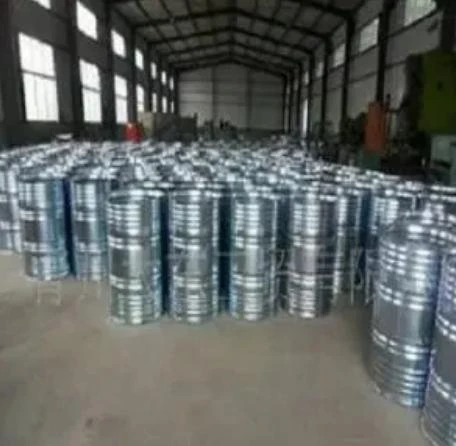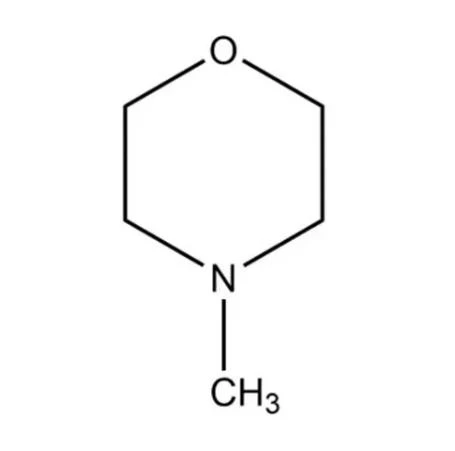Tetramethylethylenediamine


The applications of CMC do not end here; its utility extends into sauces, dressings, and beverages. Within these liquid matrices, CMC acts as an emulsifier, ensuring that oil and water components remain mixed over time. This characteristic is particularly beneficial in reducing separation in vinaigrettes and enhancing the body in low-calorie beverages. Food scientists have conducted stability tests showing that CMC inclusions lead to a significant extension of product shelf life, an economical benefit for both manufacturers and consumers alike. It's important to address the concerns and myths surrounding food additives like carboxymethyl cellulose. Extensive toxicological assessments conducted by authoritative bodies, including the Food and Drug Administration (FDA) and the European Food Safety Authority (EFSA), have deemed CMC safe for consumption at the levels typically used in food. These evaluations include in-depth analyses of metabolic pathways and long-term feeding studies, underscoring the trustworthiness of CMC in consumer diets. Amidst the growing demand for clean-label products, the role of CMC continues to be re-evaluated. Industry experts advocate for transparency regarding ingredient origin and processing methods to demystify consumer perceptions. To achieve this, collaborations between food technologists and marketing teams are vital to convey the natural derivation and vital functionality of CMC clearly and effectively. In conclusion, carboxymethyl cellulose emerges as more than just an ingredient; it is an essential component that bridges the gap between consumer expectations and product performance. Its role in maintaining and enhancing the sensory qualities of food is crucial, particularly as dietary trends evolve. As we continue to innovate and adapt to new consumer needs, the importance of CMC will undoubtedly remain steadfast, ensuring that manufacturers can deliver products that resonate with quality and trust.
Post time: Th2 . 20, 2025 13:59
Next:


















